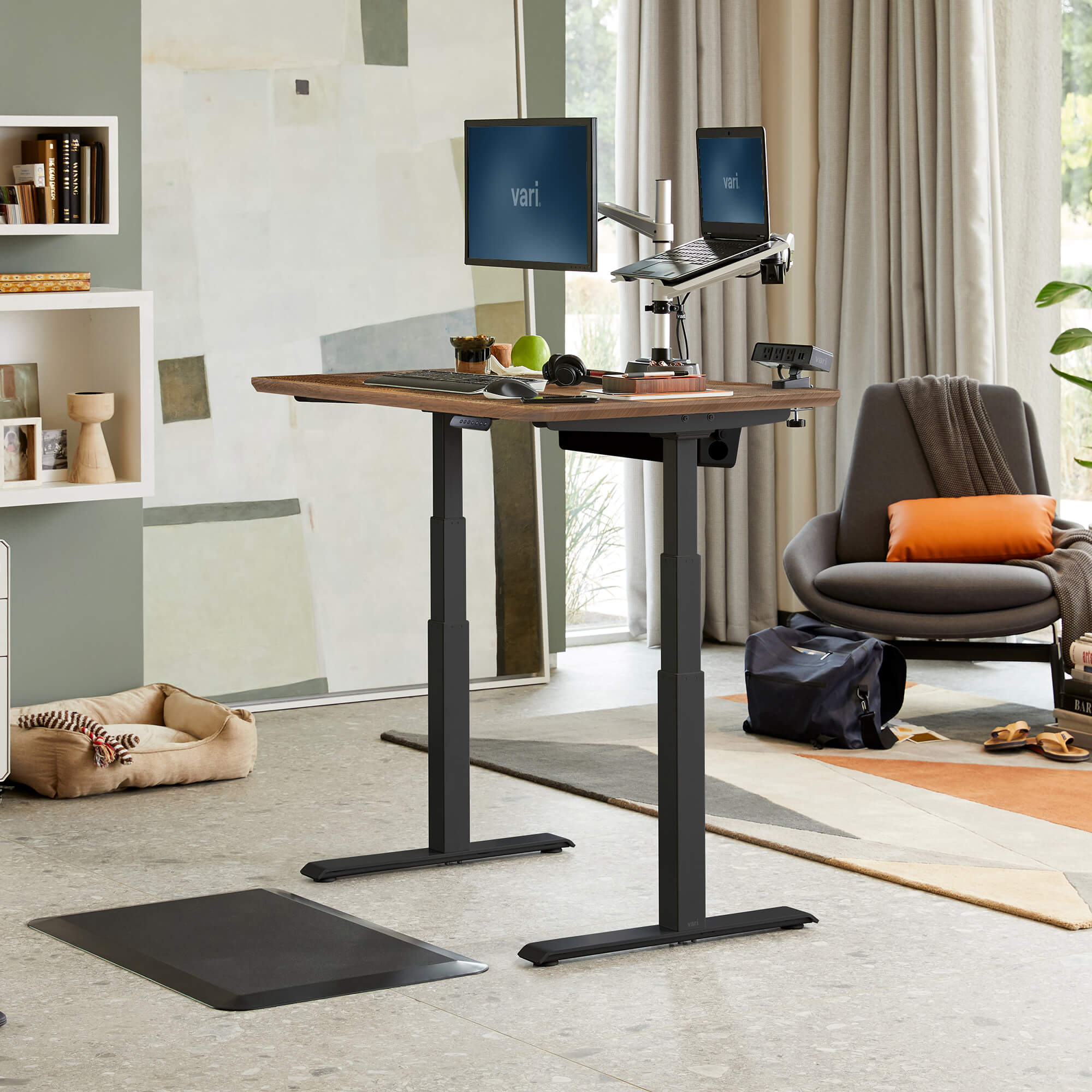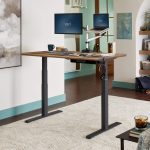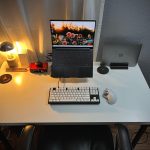In the era of remote work and hybrid offices, designing an efficient workspace has become more important than ever. A well-organized desk layout not only enhances productivity but also promotes mental wellbeing by reducing clutter and stress. This article delves into creative and practical ideas to transform your workstation into a haven of productivity, where inspiration meets functionality.
The Fundamentals of Ergonomics: Aligning Your Workspace with Your Body
At the core of any efficient desk setup lies ergonomics. Begin by ensuring your desk and chair are at the correct height to support a neutral posture. Your computer screen should be at eye level or slightly below to prevent neck strain, and your arms should rest comfortably on the desk with elbows at a 90-degree angle. Incorporating an ergonomic chair that supports the natural curve of your spine is crucial. Remember, a comfortable body translates to a focused mind.
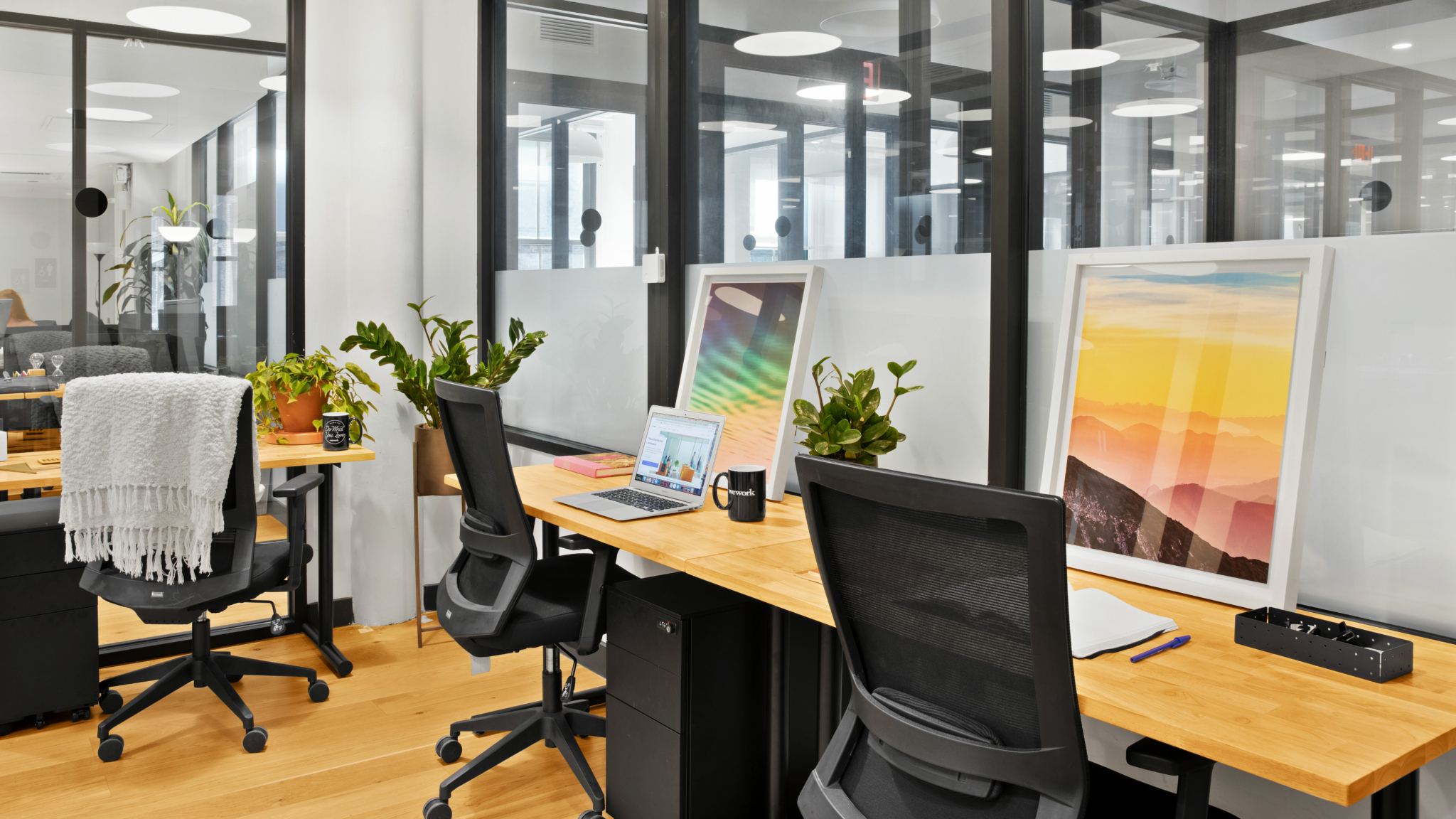
Maximizing Space Utilization: The Art of Minimalism
Efficient desk layouts often embrace minimalism, a design principle that prioritizes essential items while eliminating excess. Start by assessing what you genuinely need within arm’s reach and allocate storage solutions accordingly. Floating shelves, desk organizers, and drawer inserts can help keep supplies tidy and out of sight. Emphasize clean lines and open spaces to visually expand the area, promoting a sense of calm and order.
The Power of Zones: Separating Tasks for Enhanced Focus
Dividing your desk into task-specific zones can significantly boost productivity. For instance, dedicate one corner for writing or drawing, another for your computer work, and perhaps a small section for brainstorming with sticky notes or a whiteboard. This approach minimizes distractions and allows for smoother transitions between tasks, fostering a workflow that feels organized and purposeful.
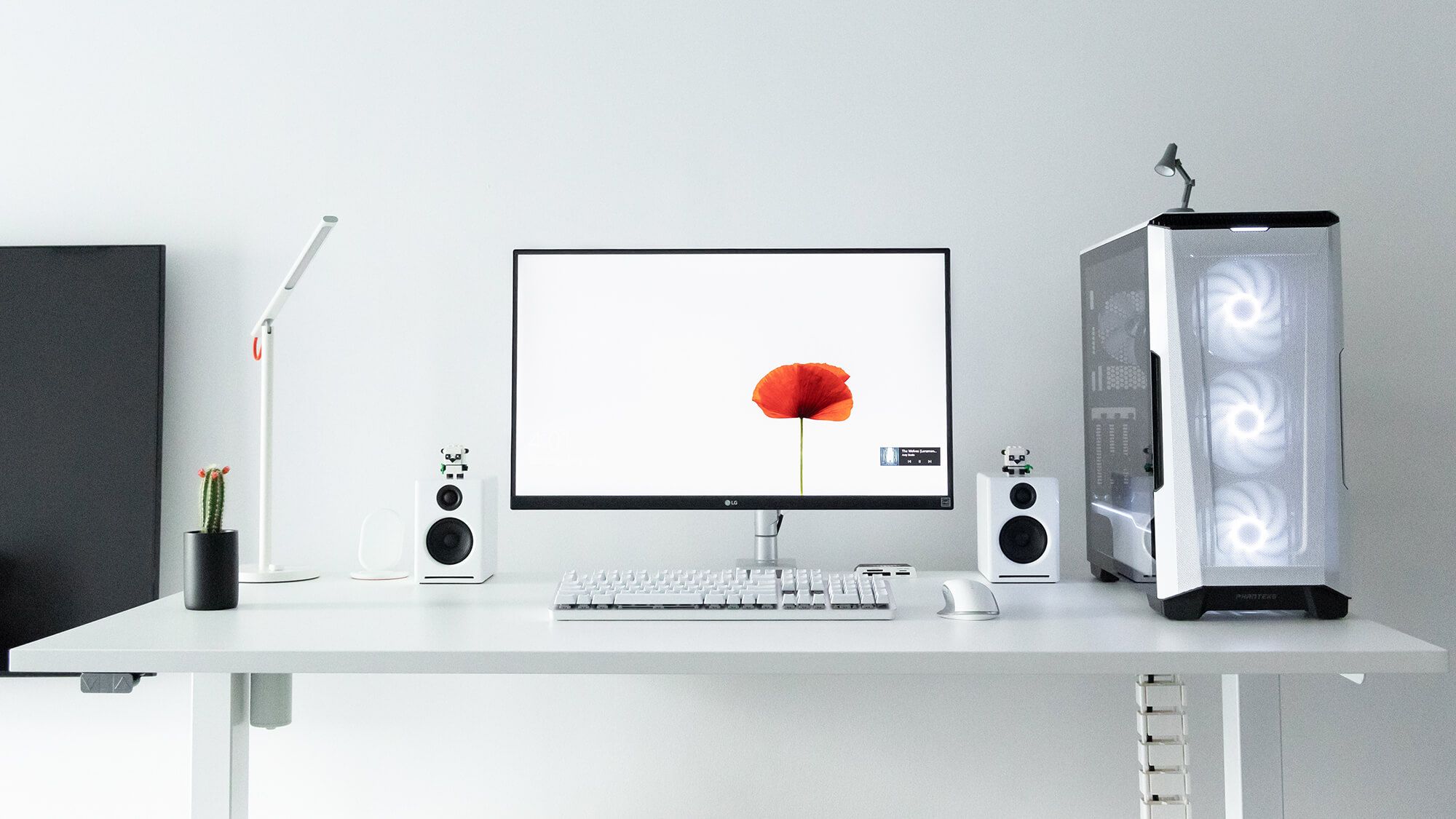
Integrating Nature for a Refreshing Touch
Biophilic design elements, such as plants, natural light, and earthy tones, have been shown to enhance mood and creativity. Position a small potted plant or a herb garden near a window to introduce life and freshness to your workspace. If natural light is scarce, opt for warm, indirect lighting that mimics sunlight. Consider using a light therapy lamp during darker months to boost energy levels and maintain a healthy circadian rhythm.
Smart Cable Management: Taming the Tangled Mess
Untidy cables can quickly turn a desk from serene to chaotic. Implement smart cable management strategies, like using cable ties, Velcro straps, or specially designed channels to route cords neatly. Conceal power strips beneath the desk or within a designated drawer to keep them accessible yet out of sight. Not only does this declutter your space visually, but it also reduces tripping hazards and dust accumulation.
Personalizing Your Workspace: Infusing Personality and Inspiration
An efficient workspace should also reflect your personality and inspire creativity. Hang motivational posters, artwork that resonates with you, or even a vision board to remind yourself of your goals. Personal mementos, such as family photos or souvenirs from travels, add emotional warmth, making the space feel uniquely yours. However, balance is key; ensure these personal touches do not overcrowd your desk and distract from your work.
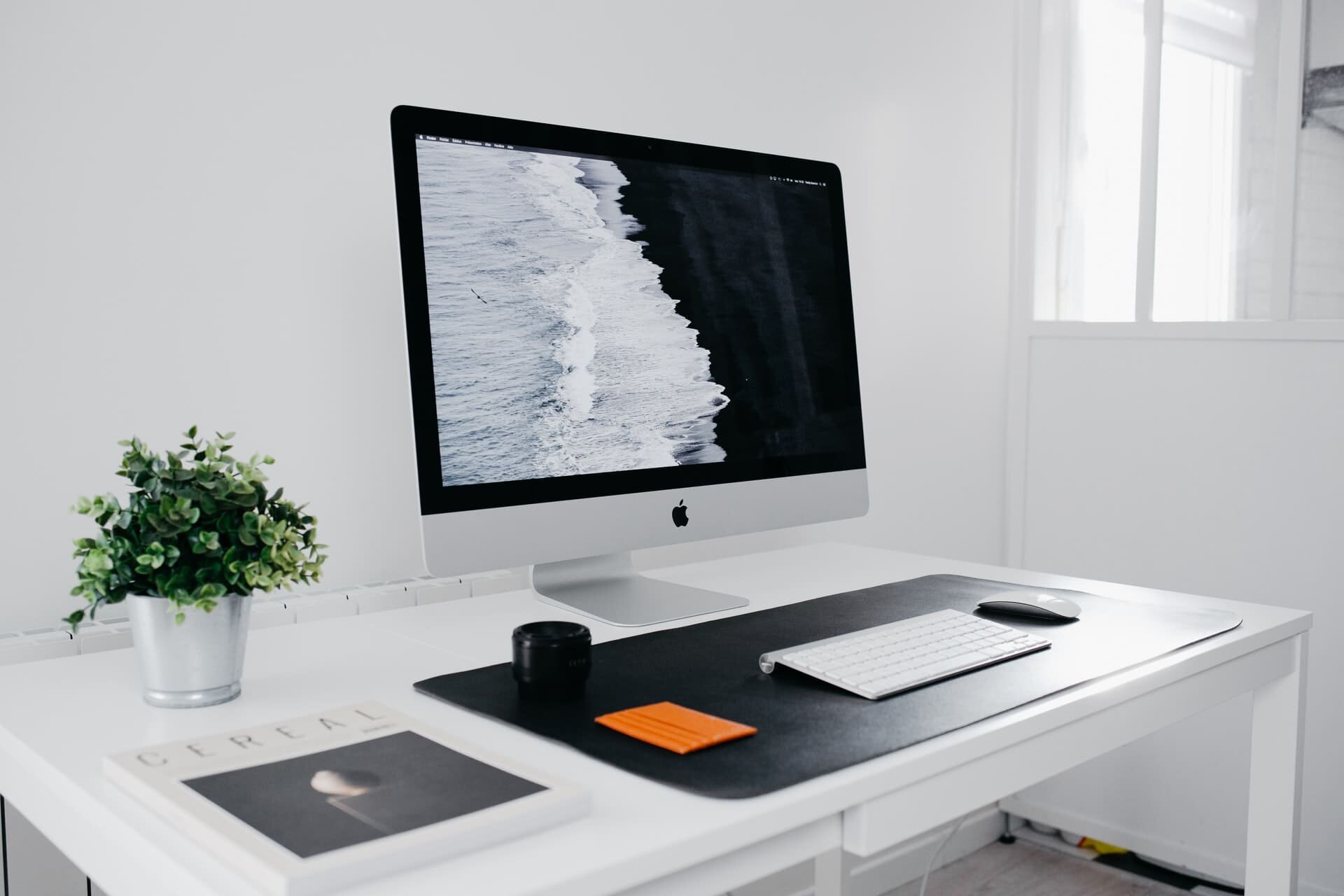
Adapting to Flexible Workstyles: The Dynamic Desk
In a world where work patterns fluctuate, a flexible desk layout is invaluable. Consider a standing desk that allows you to alternate between sitting and standing throughout the day, promoting better circulation and reducing sedentary behavior. Modular furniture systems enable you to reconfigure your workspace quickly to accommodate different tasks or collaborate with others. Embrace flexibility in your design to cater to the evolving needs of modern work.
Sustainable Solutions: Building an Eco-Friendly Workspace
Design your desk layout with sustainability in mind. Opt for furniture made from recycled or renewable materials, such as bamboo or reclaimed wood. Use energy-efficient LED lighting and consider a laptop over a desktop computer for its lower energy consumption. Reduce paper waste by going digital wherever possible and recycling diligently. An eco-friendly workspace not only benefits the environment but also fosters a sense of responsibility and mindfulness.
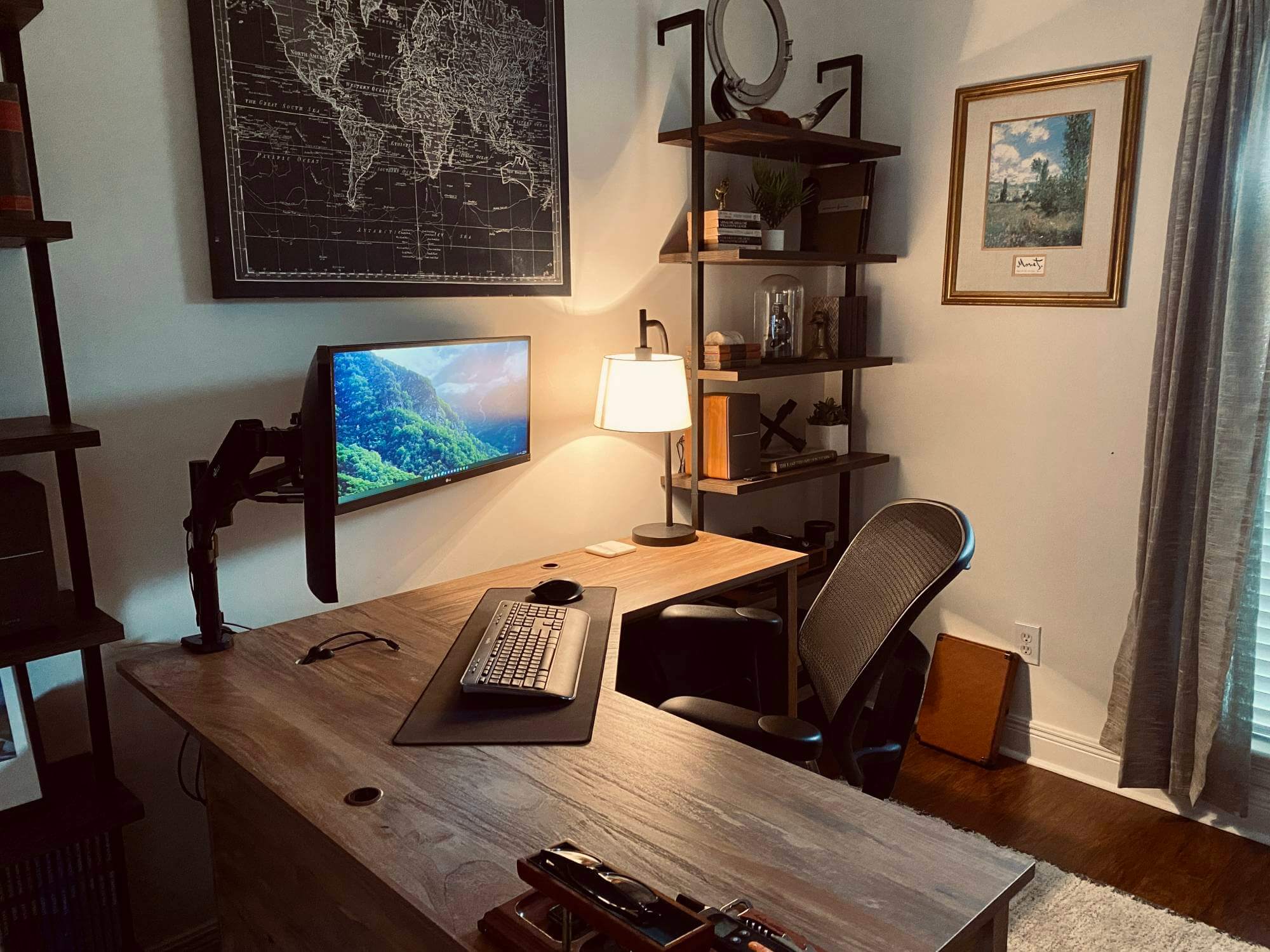
The Importance of Regular Maintenance: Keeping Your Workspace Fresh
Finally, remember that an efficient workspace requires ongoing care. Schedule regular cleaning and decluttering sessions to prevent buildup. Reassess your layout periodically to ensure it still aligns with your evolving needs and preferences. Flexibility and adaptability are integral to maintaining a workspace that continues to inspire and facilitate productivity over time.
Incorporating Technology for Seamless Integration
Embracing technology can streamline your workflow and turn your workspace into a smart environment. Invest in high-quality noise-canceling headphones to block out distractions during critical tasks or video calls. Utilize a reliable wireless keyboard and mouse to minimize clutter and allow for flexible positioning. Consider integrating smart home devices, like a voice-controlled assistant, to manage your schedule, set reminders, or control ambient lighting, further enhancing the functionality of your space.
The Role of Color Psychology: Setting the Right Mood
Colors have a profound impact on our emotions and productivity. Choose a color palette for your workspace that aligns with the type of work you do. Blues and greens promote calmness and focus, ideal for tasks requiring concentration. Neutral tones like beige or gray create a professional ambiance and serve as a backdrop for colorful accents that reflect your personality.
Acoustic Considerations: Soundproofing for Concentration
Noise can be a significant distraction in any workspace. Incorporate sound-absorbing materials, such as acoustic panels or curtains, to minimize external disturbances and echo within the room. A rug under your desk can also help dampen noise and add comfort underfoot. If you share your living space, consider setting boundaries with a room divider or a noise-blocking screen to create a physical and auditory barrier.
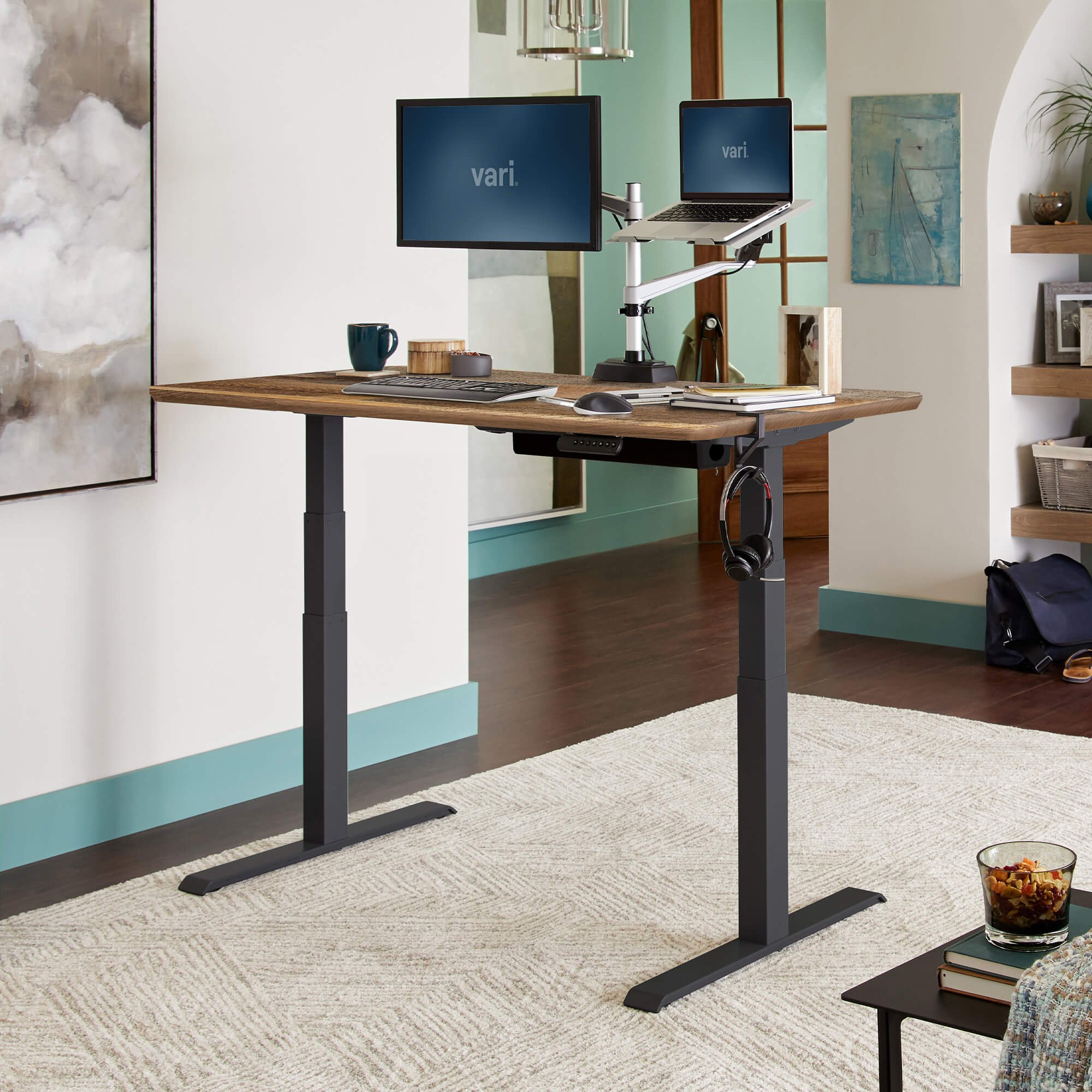
Lighting Design: Illuminating Your Workspace Effectively
Proper lighting is essential to reduce eye strain and improve focus. Position your desk near a window to take advantage of natural light, which regulates circadian rhythms and boosts mood. Install adjustable task lighting to direct light precisely where you need it, especially during evening work sessions. Dimmer switches for overhead lights allow you to customize the illumination according to your task or mood.
In conclusion, designing an efficient workspace is about striking a balance between function and aesthetics, ergonomics and personal style. By thoughtfully implementing these desk layout ideas, you can create a workspace that not only enhances productivity but also nurtures creativity and well-being, making every workday a fulfilling experience.
